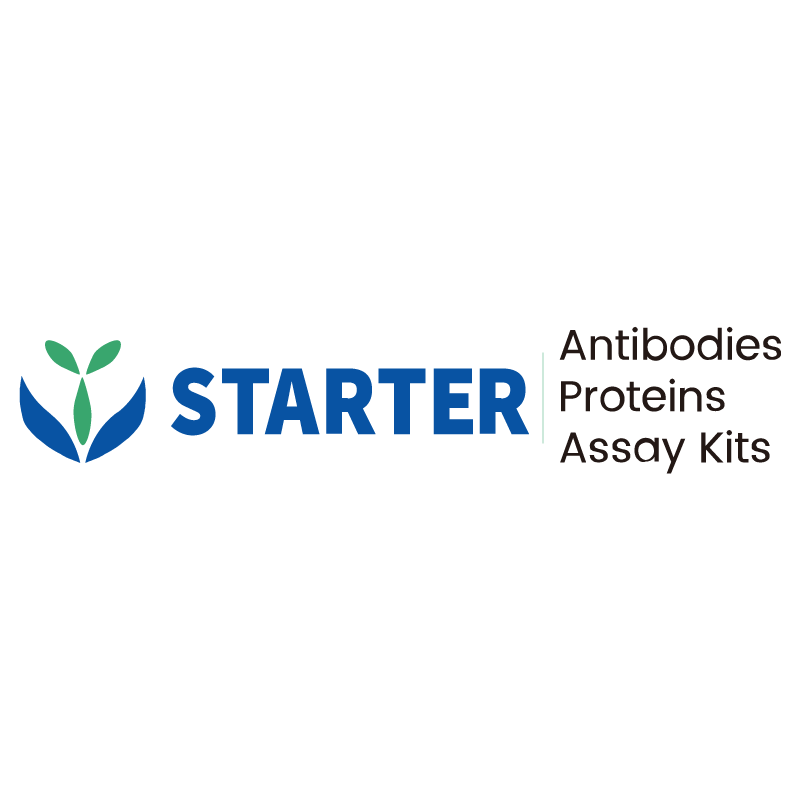2μg(R: reducing conditions)
Product Details
Product Details
Product Specification
| Species | Human |
| Synonyms | C-C motif chemokine 17, CC chemokine TARC, Small-inducible cytokine A17, Thymus and activation-regulated chemokine, SCYA17, TARC |
| Accession | Q92583 |
| Amino Acid Sequence | Protein sequence (Q92583, Ala24-Ser94, with C-hFc tag) ARGTNVGRECCLEYFKGAIPLRKLKTWYQTSEDCSRDAIVFVTVQGRAICSDPNNKRVKNAVKYLQSLERS |
| Expression System | HEK293 |
| Molecular Weight | Predicted MW: 34.2 kDa Observed MW: 34, 35 kDa |
| Purity | >90% by SDS-PAGE |
| Endotoxin | <0.1EU/μg |
| Conjugation | Unconjugated |
| Tag | with C-hFc tag |
| Physical Appearance | Lyophilized Powder |
| Storage Buffer | Lyophilized from a 0.2 μm filtered solution of 0.2M PBS, pH7.4. |
| Reconstitution | Reconstitute no more than 1 mg/mL according to the size in deionized water after rapid centrifugation. |
| Stability & Storage | 12 months from date of receipt, -20 to -70 °C as supplied. |
Background
CCL17 is a powerful chemokine produced in the thymus and by antigen-presenting cells like dendritic cells, macrophages, and monocytes. CCL17 plays a complex role in cancer. It attracts T-regulatory cells allowing for some cancers to evade an immune response. However, in other cancers, such as melanoma, an increase in CCL17 is linked to an improved outcome. CCL17 has also been linked to autoimmune and allergic diseases. CCL17 as well as its partner chemokine CCL22 induce chemotaxis in T-helper cells. They do this by binding to CCR4. CCL17 was the first CC chemokine identified that interacted with T cells with high affinity. CCL17 was also found to interact with monocytes, but with less affinity. It does not interact with granulocytes.
Picture
Picture
SDS-PAGE


